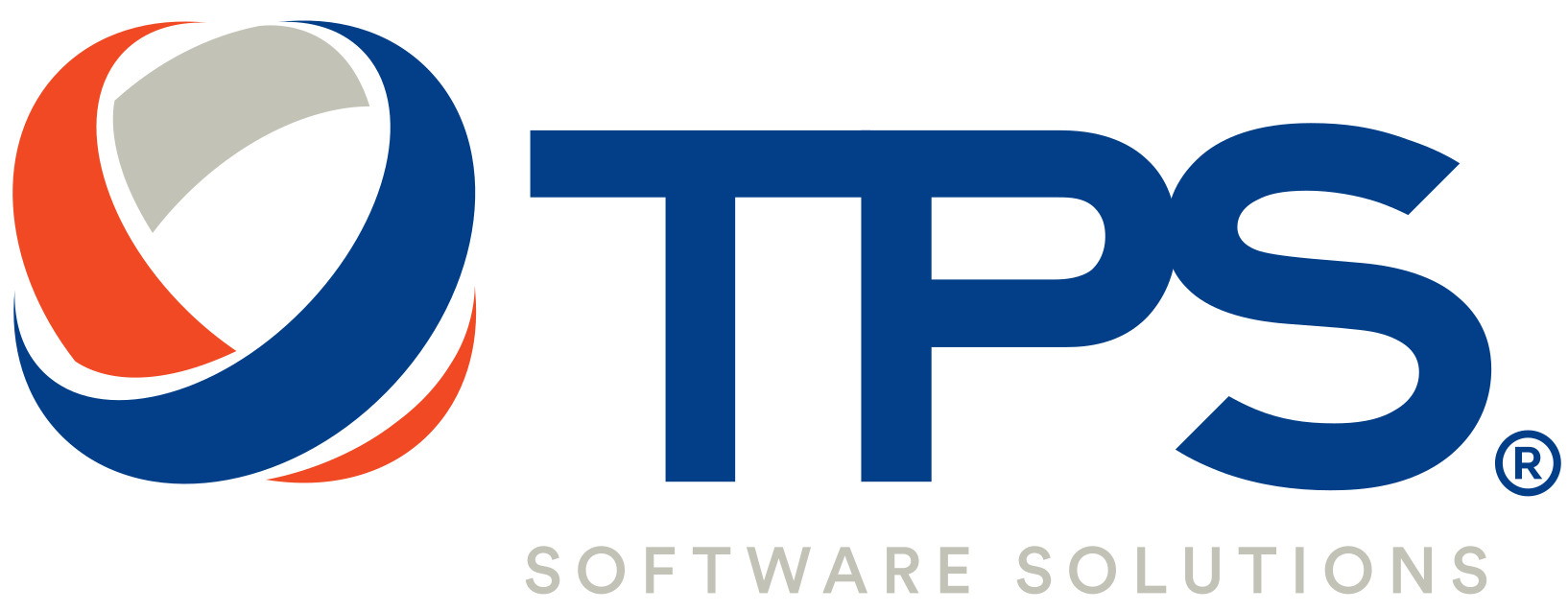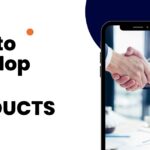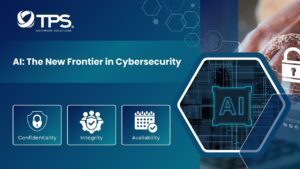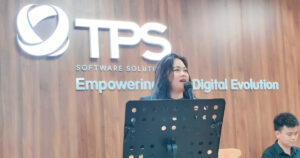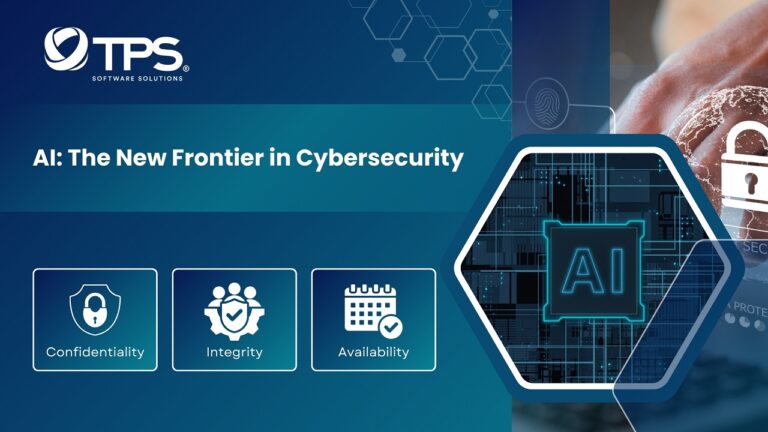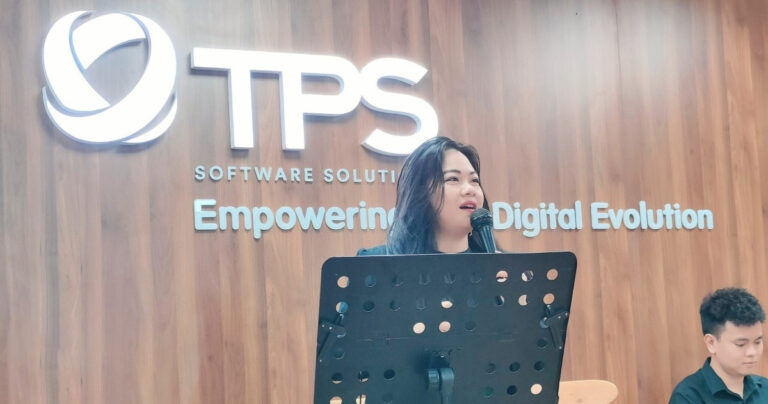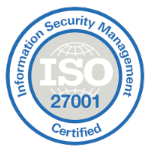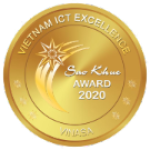Introduction
In the realm of technological advancements, the Internet of Things (IoT) has emerged as a transformative force, offering unprecedented opportunities for businesses. However, developing a successful IoT product requires a strategic and technical approach from the idea stage to market launch. In this comprehensive guide, we will delve into the intricacies of developing IoT products, providing expert insights and a detailed strategy to help you navigate this exciting journey.
What are IOT Products?
IoT products, or Internet of Things products, refers to physical devices or systems are connected to the internet and have the capability to collect, exchange, and analyze data. These products are equipped with sensors, actuators, and communication technologies that enable them to interact with the surrounding environment and transmit data to other devices or cloud-based platforms.
The key characteristic of an IoT product is its ability to connect and communicate with other devices or systems, enabling seamless integration and data exchange. This connectivity allows for remote monitoring, control, and automation of various processes, enhancing efficiency, convenience, and functionality.
IoT products leverage technologies such as wireless communication protocols (Wi-Fi, Bluetooth, Zigbee, etc.), embedded systems, cloud computing, data analytics, and artificial intelligence to enable data-driven decision-making and enhance user experiences. These products have the potential to revolutionize industries, improve operational efficiencies, enable new business models, and enhance the quality of life for individuals.
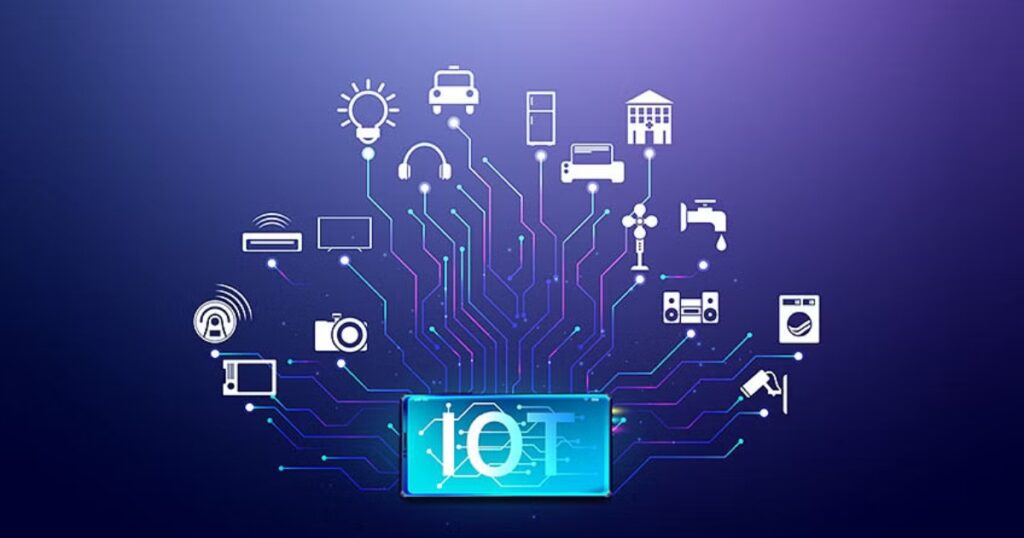
What Technologies are used in Developing IOT Products ?
Developing an IoT (Internet of Things) product typically involves a combination of hardware and software technologies. Here are some of the key technologies commonly used in IoT product development:
Embedded Systems
IoT devices often rely on embedded systems, which are dedicated computer systems designed to perform specific functions. These systems consist of microcontrollers or microprocessors that control the device’s operations.
Sensors and Actuators
IoT devices interact with the physical world through sensors (e.g., temperature, humidity, motion) and actuators (e.g., motors, switches, valves). These components gather data from the environment and enable the device to perform actions.
Connectivity Technologies
IoT devices require connectivity to transmit and receive data. Common connectivity technologies include Wi-Fi, Bluetooth, Zigbee, Z-Wave, cellular networks (2G, 3G, 4G, and now 5G), LoRaWAN, and NB-IoT. The choice of connectivity depends on factors such as range, power consumption, data rate, and coverage requirements.
Cloud Computing
IoT devices often leverage cloud computing platforms to process and store data. Cloud platforms like Amazon Web Services (AWS), Microsoft Azure, and Google Cloud provide infrastructure, data storage, analytics, and scalability capabilities required for IoT applications.
Protocols and APIs
IoT devices communicate using various protocols and APIs. Protocols such as MQTT (Message Queuing Telemetry Transport), CoAP (Constrained Application Protocol), and HTTP (Hypertext Transfer Protocol) enable device-to-device or device-to-cloud communication. APIs (Application Programming Interfaces) facilitate integration between different IoT components and services.
Edge Computing
Edge computing is the practice of processing and analyzing data at or near the edge of the network, closer to the IoT devices themselves. Edge computing reduces latency, conserves bandwidth, and enables real-time decision-making. Technologies like edge gateways and edge servers are used to implement edge computing in IoT systems.
Data Analytics and Machine Learning
IoT generates vast amounts of data that can be analyzed to gain insights and make informed decisions. Data analytics techniques and machine learning algorithms are applied to extract valuable information from IoT-generated data, enabling predictive maintenance, anomaly detection, and other intelligent capabilities.
Security
IoT devices and systems must address security and privacy concerns. Technologies such as encryption, authentication mechanisms, secure protocols, and secure firmware updates help protect data and prevent unauthorized access or tampering.
User Interfaces
IoT products often have user interfaces for device configuration, data visualization, and control. These interfaces can include mobile applications, web portals, or custom dashboards, allowing users to interact with and monitor IoT devices remotely.
Development Frameworks and Tools
Various development frameworks and tools simplify IoT product development. Examples include Arduino, Raspberry Pi, Node-RED, and platform-specific software development kits (SDKs) provided by IoT hardware manufacturers or cloud service providers.
These technologies form the foundation for developing IoT products, but the specific technologies used will depend on the application, requirements, and constraints of the IoT solution being developed.
IOT Products Strategy Road Map
Ideation and Market Analysis
The first step in developing an IoT product is ideation and market analysis. Identify a specific problem or need in the market that your product aims to address. Conduct thorough market research to gain insights into the target audience, competitive landscape, and potential market size. This information will guide the direction of your IoT product development, ensuring alignment with market demands and customer expectations.
Conceptualization and Prototyping
Once you have a clear understanding of the market need, move on to conceptualizing your IoT product. Define the product’s key features, functionalities, and the underlying technology stack. Create detailed technical specifications, system architecture, and use cases. Develop prototypes to validate your concept and gather feedback from potential users and stakeholders. Prototyping helps refine the product’s design, functionality, and user experience.
Hardware and Software Development
In the technical realm of IoT product development, hardware and software play pivotal roles. Collaborate with hardware engineers to design and develop the physical components required for your product, such as sensors, actuators, and communication modules. Simultaneously, work with software developers to build the software infrastructure, including firmware, embedded systems, and cloud-based platforms. Ensure seamless integration between the hardware and software components to establish a robust and scalable IoT ecosystem.
Connectivity and Communication
Connectivity is a fundamental aspect of IoT products. Select the appropriate communication protocols and technologies based on your product’s requirements. Common protocols include Wi-Fi, Bluetooth, Zigbee, and cellular networks like 4G or 5G. Implement secure and reliable communication channels to facilitate data transfer between devices and cloud platforms. Consider scalability, latency, and power consumption when designing the connectivity architecture.
Data Management and Analytics
The vast amounts of data generated by IoT devices present both challenges and opportunities. Implement an efficient data management strategy to collect, store, process, and analyze data. Leverage cloud computing platforms, databases, and analytics tools to derive valuable insights from the data generated by your IoT product. Apply machine learning and artificial intelligence algorithms to extract meaningful patterns, optimize performance, and enable predictive capabilities.
Security and Privacy Considerations
Security and privacy are critical considerations in IoT product development. Implement robust security measures to safeguard data integrity, device authentication, and user privacy. Utilize encryption, authentication protocols, and secure communication channels to protect against unauthorized access. Regularly update firmware and software to address security vulnerabilities. Comply with privacy regulations and industry best practices to build trust with users and protect their sensitive information.
Conclusion
Developing an IoT product from the idea stage requires a comprehensive and technical strategy. By following the steps outlined in this guide, including ideation and market analysis, conceptualization and prototyping, hardware and software development, connectivity and communication, data management and analytics, and security considerations, you can navigate the complex landscape of IoT product development. Embrace innovation, leverage cutting-edge technologies, and prioritize user experience to create a successful and market-ready IoT product that addresses real-world needs.
